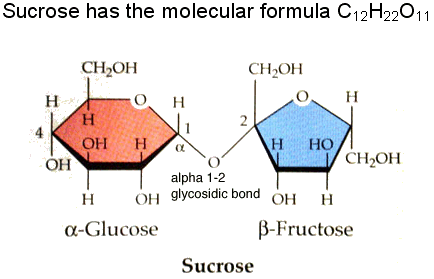Greg and Olga were worried about starting a family because they both had some diseases in their families. They decided to visit a genetic counselor to find out the chances of the diseases showing up in any future children.
Part I: Pedigree Construction
Part I: Pedigree Construction
- I constructed a pedigree for Greg and Olga. Here is what it would look like...
Part II: Autosomal Dominant Traits
1) Do autosomal dominant disorders skip generations?
- Autosomal dominant disorders do not skip generations.
2) Could Greg or his mother be carriers of the gene that causes myotonic dystrophy?
- No, Greg and his mother don't have the disorder therefore they can not possibly be carriers.
3) Is there a possibility that Greg’s aunt or uncle is homozygous for the myotonic dystrophy (MD) gene?
- No, there is not a possibility. Greg's grandmother would have also had to to be homozygous for the MD gene. You know that she is not homozygous because her husband did not have MD and only two of their four children have the disorder. Therefore Greg's grandmother, aunt, and uncle are all heterozygous.
4) Symptoms of myotonic dystrophy sometimes don’t show up until after age fifty. What is the possibility that Greg’s cousin has inherited the MD gene?
- Well, the good news is, Greg's cousin has a 50% chance of not inheriting the Mytonic Dystrophy gene. The bad news is, she has a 50% chance of inheriting it.
5)What is the possibility that Greg and Olga’s children could inherit the MD gene?
- Happy news for Greg and Olga! There is no chance that their future kids will inherit the MD gene. Neither Greg nor Olga have it so there is a 0% chance of their kids having it. Congrats you guys!
Part III: Autosomal Recessive Traits
1) What are the hallmarks of an autosomal recessive trait?
-This is what I know:
- The traits are found in the siblings of the person that is affected, but not in the parents or the children of that person (it skips generations).
- Females and males are equally likely to be affected
- It has been found that the recurrence risk for an unborn child of the affected sibling is 25%
- The trait, to the blind eye, may appear as an isolated event in smaller families with only a few children
- The parents of the affected children could possibly be there own "kin". The more rare the trait is in the general population, the more probable it is that inbreeding was involved.
2) What does consanguineous mean? Why is this concept especially important when discussing recessive genetic disorders?
- Consanguineous is a term to describe being related by blood or family. This is important when discussing these genetic disorders because consanguineous mating causes a higher risk of passing the ressesive disorder.
3) What is it about the inheritance pattern of factor VIII deficiency seen in Greg and Olga’s pedigree that point toward it not being an autosomal recessive trait?
- The inheritance pattern of Factor VIII deficiency points more toward it being a sex-linked trait instead of autosomal recessive, because it is only seen in males on the pedigree.
Part IV: Sex-Linked Inheritance
1) What are the characteristics of X-linked recessive inheritance?
- Males are more likely to be affected than females
- All the affected males in a family are related by their mothers
- The trait is usually passed down from an affected grandfather to his daughter, who then carries the trait and passes it on to 50% of her sons.
- The trait is never passed directly from father to son
2) Why does a son never inherit his father’s defective X chromosome?
- A son will always be lucky enough to never inherit his father's defective X chromosome because he inherits Y from his father, not X
3) What is required for a woman to display a sex-linked recessive trait?
- The woman must be homozygous for the sex-linked recessive trait in order to display it.
4) Return to the pedigree drawn earlier for Greg and Olga; mark those persons who are carriers of the factor VIII deficiency gene.
- The people now labeled with the orange dot in the pedigree, are carriers of the factor VII deficiency gene.
5) What is the chance that Olga carries the gene for factor VIII deficiency? Calculate the probability that she will pass it to her offspring. Will male children be affected in a different way than female children?
- There is a 50% chance that Olga has the gene for Factor VIII deficiency. If she does, than there is also a 50% chance that she will pass it on to her children (so half of her children will probably have the gene as well) The male and female children will both be affected in the same way because they both have the same chance of inheriting it.
6) What is the chance that Greg carries the factor VIII gene? Can he pass the gene on to his sons? His daughters? How will each be affected?
To get to the website about Greg and Olga, click here- http://www.sciencecases.org/sickness_and_health/sickness_and_health.asp - Sadly, it is a 100% guaranteed that Greg carries the factor VIII gene. He can not pass this on to his sons because they inherit the Y chromosome from him- not the X chromosome. Greg can pass the gene onto his daughter, who will then be a carrier and could pass it onto her children.





